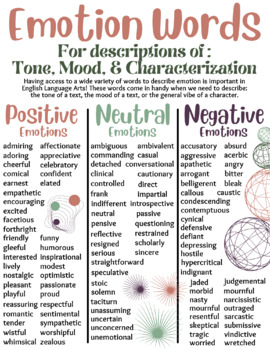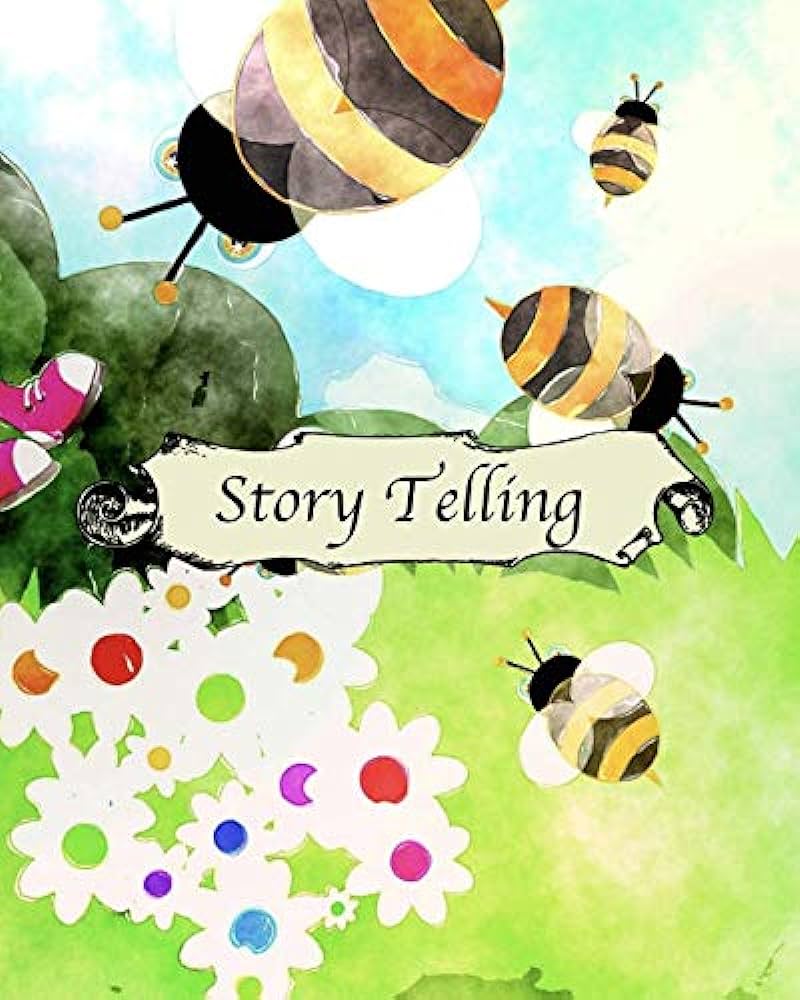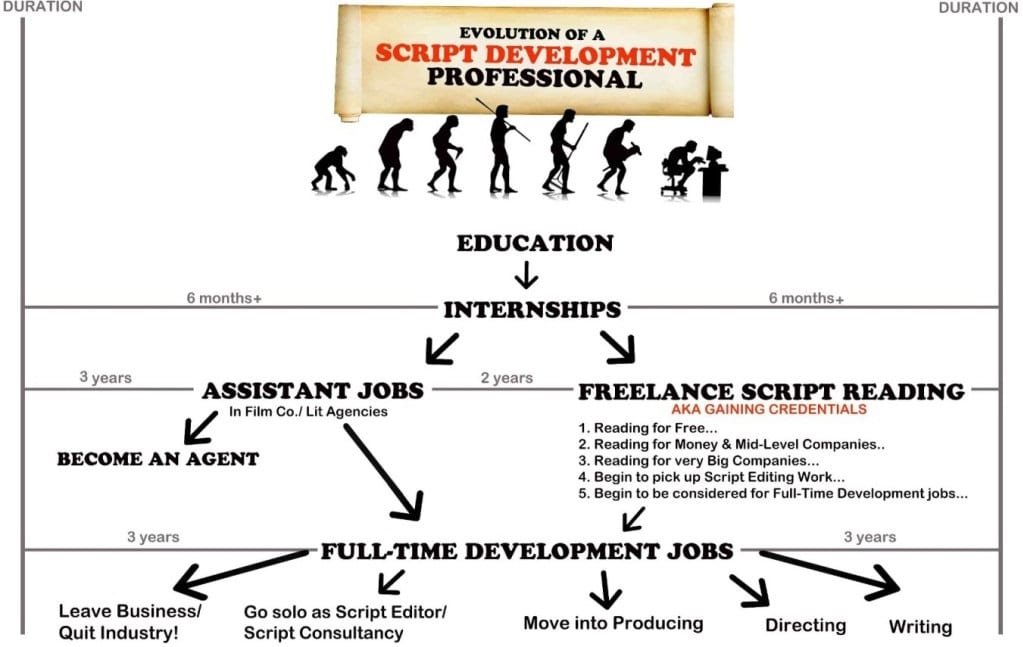Crafting a compelling fiction story can be a daunting task, but it’s a challenge worth taking on. A well-crafted story can leave a lasting impact on readers, and make for an unforgettable experience. Whether you’re a budding writer or an experienced one, here are some key things to keep in mind when writing a fiction story.
1. Develop unique and relatable characters
Your characters are the backbone of your story and can make or break it. It’s vital to develop characters that are unique and memorable, but also relatable to readers. Take the time to flesh out your characters and give them depth. What are their motivations, fears, and desires? What makes them tick? Your characters should feel like real people, and not just plot devices.
2. Create a strong plot
A strong plot is essential to keep readers engaged and invested in your story. Think about the conflict that drives your story and how it will unfold. What are the obstacles your characters will face? What is at stake if they fail? Avoid cliches and try to create a story that is fresh and exciting.
3. Build a vivid setting
Your setting is another important aspect of your story. Your world should feel real and immersive, and provide a rich backdrop for your characters and their actions. Use descriptive language to bring your setting to life and create a vivid sense of place.
4. Use descriptive language
Speaking of descriptive language, it’s important to use it liberally throughout your story. This helps create a rich sensory experience for readers and draws them deeper into your world. Use all five senses to describe settings, characters, and other details.
5. Balance dialogue and narrative
Dialogue is an essential part of any fiction story, but it’s important to balance it with narrative. Too much dialogue can make your story feel choppy and slow-paced. Use narrative to provide context and describe setting and action, but also don’t be afraid to let your characters speak for themselves.
6. Edit and revise
Finally, it’s important to edit and revise your story before publishing it. This involves not only correcting spelling and grammar errors but also refining your story’s structure and tone. Consider seeking feedback from beta readers or writing groups to get outside perspectives on your work.
Crafting a compelling fiction story takes time and effort, but with the right approach, you can create a story that resonates with readers. By developing unique and relatable characters, creating a strong plot, building a vivid setting, using descriptive language, balancing dialogue and narrative, and editing and revising, you can create a story that is truly unforgettable.











